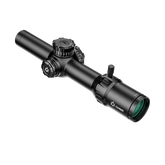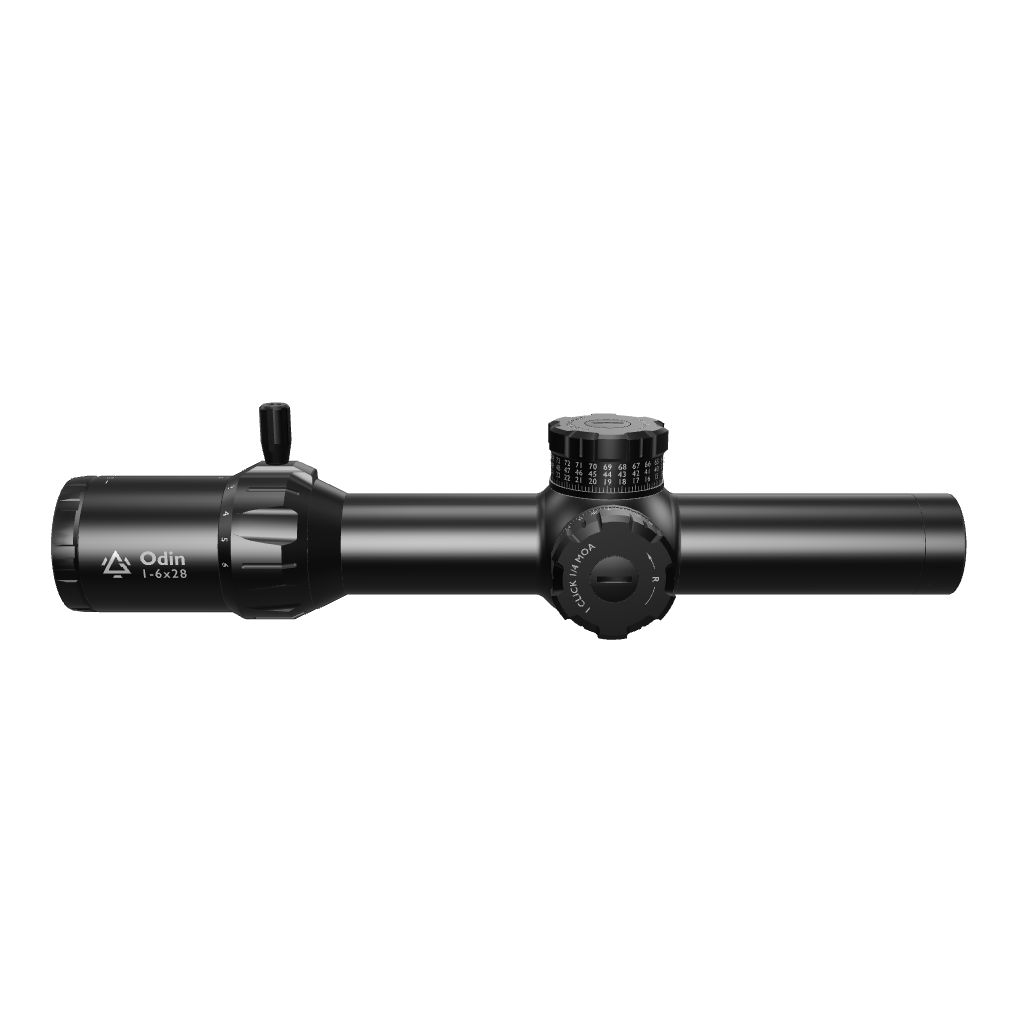Parallax in Rifle Scopes: What Is It and How to Adjust for It
Introduction
Among the perplexing aspects of precision shooting is overcoming the optical distortion known as parallax. This apparent movement between the reticle aim point and target disrupts precision aiming and bullet impact consistency at extended distances. Fortunately, adjusting parallax on equipped scopes improves long-range shooting precision.
This article will demystify parallax, explain its effects, and provide guidance on properly setting adjustment for peak performance when dialing for distance.
Understanding Parallax
Parallax within a rifle scope refers to the misalignment between the reticle focal plane versus the target focal plane when viewing through the eyepiece. This results in apparent movement or displacement between the reticle and target when the shooter's eye changes position.
Parallax arises from varying focal lengths between the objective lens, erector lens, and ocular. Being off the same plane, the target image and reticle fail to track consistently, disrupting proper aim alignment. Parallax becomes more exaggerated at higher magnifications.
Effects of Parallax
Parallax leads to inaccuracy, as the reticle appears shifted from true target center depending on viewing angle. This requires shooters refocus the scope for nearly every shot to realign the reticle, wasting valuable time.
Parallax is most problematic at longer shooting distances, where even tiny alignment discrepancies translate to missed shots or injured game. Removing parallax keeps the reticle precisely over target regardless of eye position, improving aim confidence.
Controlling Parallax

Rifle scopes with target-style adjustment knobs allow shooters to focus the erector lens system specifically for the target distance, removing parallax error. This adjustment is often located on the left side of the scope.
By dialing in range, the reticle focal plane matches the target focal plane. The adjustment knob shifts internal components minutely to create optical alignment. This “parallax-free” setting eliminates apparent movement for a sharply focused target.
Setting Parallax Adjustment
To properly set parallax, first aim your scope at a known distance and set magnification to maximum power. Looking through the scope, rotate the adjustment knob until the target image becomes perfectly crisp with no blurring or shifting as you move your eye. Confirm this “fixed” setting at multiple distances.
When Parallax Adjustment is Necessary
Higher magnification rifle scopes, those in the 8-35x zoom range, gain significant advantages from adjustable parallax to enhance long range precision. Attempting 300+ yard shots with parallax left unset significantly hampers accuracy.
Fixed parallax settings still benefit from external adjustment ability if aiming at unknown distances farther than intended – ideally keep focus within scope's magnified range.
When Parallax Less Critical
For most hunting applications inside 200 yards using variable scopes in the 1-6x or 2-10x range, parallax effects remain minimal enough for shots to vital organs. Still, adjusting provides an advantage.
At shorter ranges inside 100 yards, especially on low power scopes, parallax is essentially a non-factor. But confirming zero parallax gives that extra bit of precision for marksmen looking to shrink groups tightly.
Conclusion
Properly adjusting rifle scopes equipped with parallax knobs removes distortion, enabling consistently accurate shots at long range distances. While less pronounced in mid-range optics at moderate distances, achieving zero parallax provides enhanced clarity and assurance for precision shooters. Next time you miss at unknown distances, confirm parallax isn't disrupting your aim.







